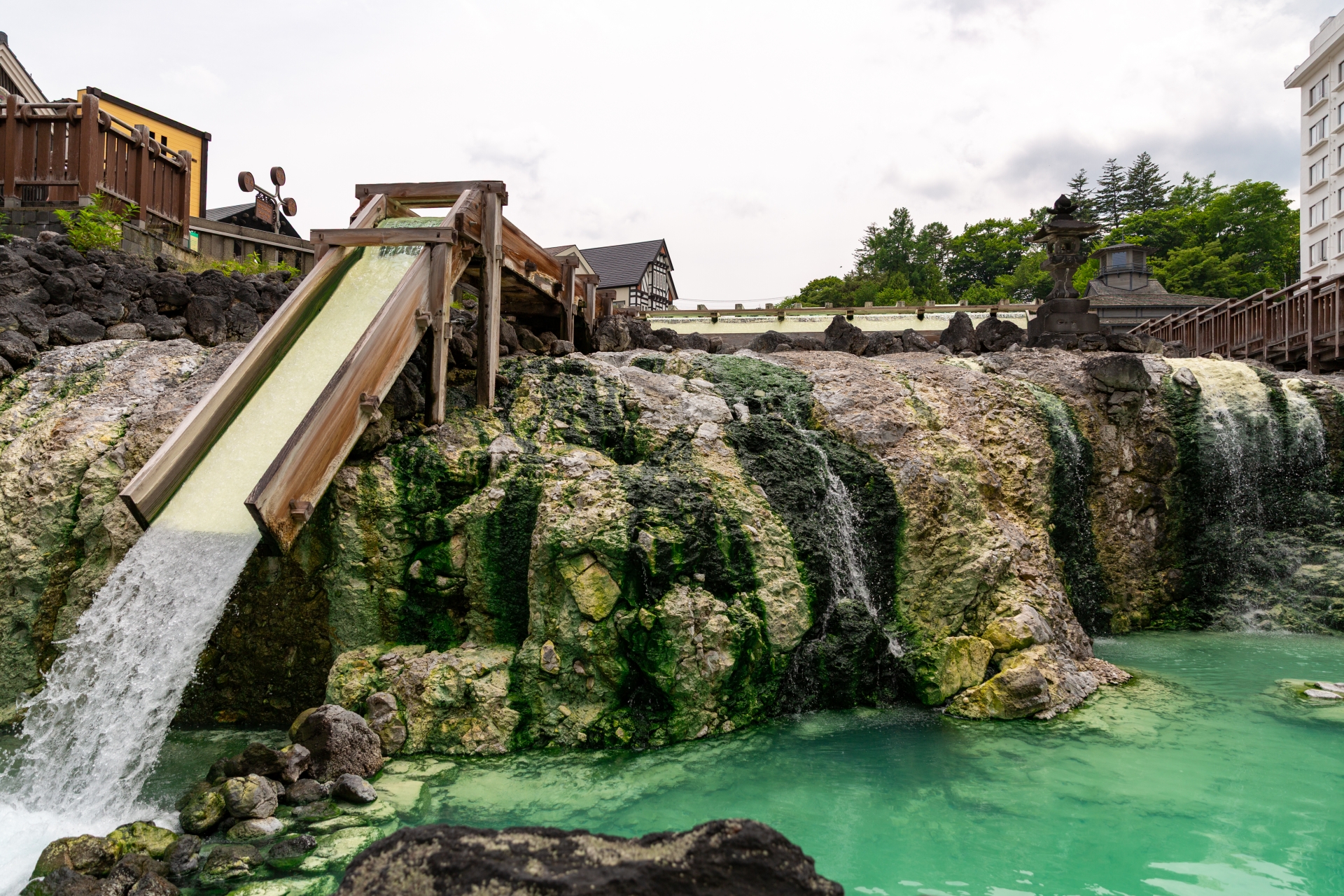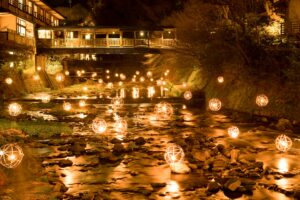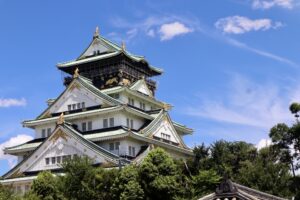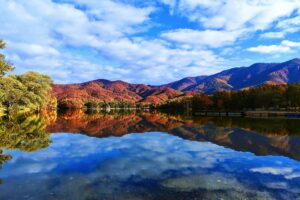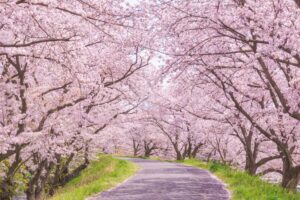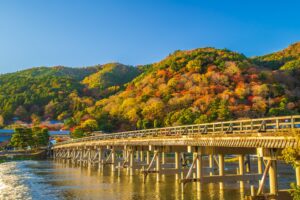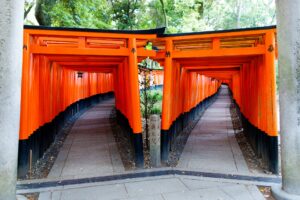Kusatsu Onsen is often hailed as Japan’s most therapeutic hot spring resort, nestled in the mountains of Gunma Prefecture. With its iconic Yubatake, traditional ryokan inns, and mineral-rich waters, it offers travelers an immersive cultural experience. Whether you’re planning a day trip from Tokyo or a cozy winter retreat, this guide provides everything you need—from access tips and best stays to onsen etiquette and family-friendly options.
What Makes Kusatsu Onsen Unique?

Kusatsu Onsen, located in Gunma Prefecture, is considered one of Japan’s “Three Famous Onsens” (Nihon Sanmeisen) alongside Gero and Arima. What sets Kusatsu apart is its exceptionally high-quality, sulfur-rich hot spring water, which is naturally acidic and believed to cure a wide variety of ailments. At the heart of the town is the iconic Yubatake, or “hot water field,” a steaming, photogenic cascade of mineral-rich water that supplies the area’s baths. Historically, Kusatsu has been praised for its healing properties since the Edo Period, attracting samurai, scholars, and emperors.
This charming mountain town also maintains a deep connection with traditional Japanese culture. Local residents perform the Yumomi, a unique water-stirring ritual intended to cool down the hot spring water without diluting it. Combined with the nostalgic atmosphere of its wooden bathhouses and old-fashioned ryokan, Kusatsu offers an authentic and therapeutic retreat that blends wellness with heritage.
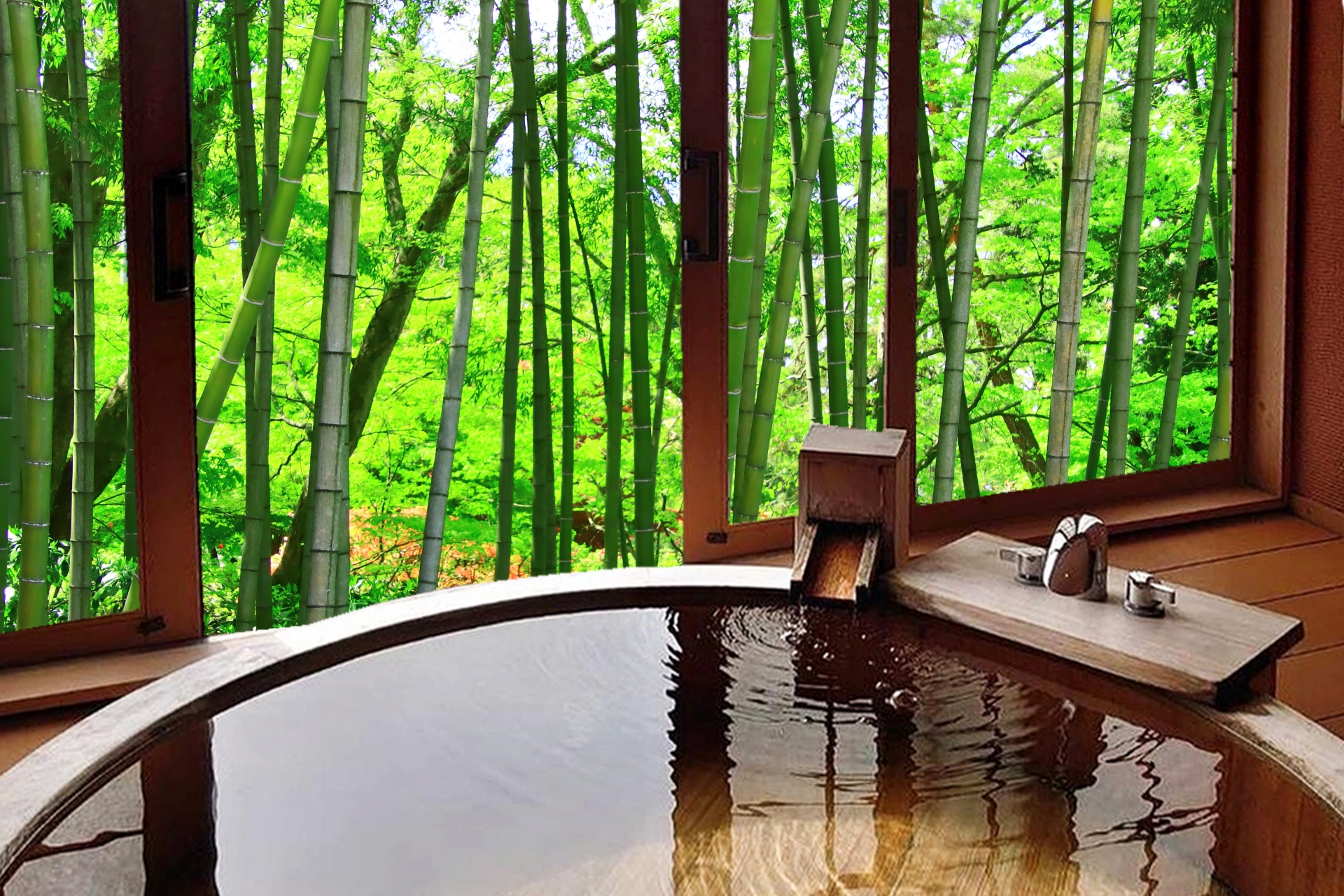
How to Get to Kusatsu Onsen from Tokyo
Reaching Kusatsu from Tokyo is relatively straightforward, though it requires at least one transfer. Travelers have multiple options depending on their preferences for speed, comfort, and budget:
By Train and Bus (Most Common):
- Take the JR Limited Express Kusatsu from Ueno Station to Naganohara-Kusatsuguchi Station (about 2.5 hours)
- From Naganohara-Kusatsuguchi, transfer to a JR bus bound for Kusatsu Onsen Bus Terminal (approx. 25 minutes)
- This route is covered by the JR Pass and JR East Pass
By Shinkansen and Bus (Fastest):
- Take the Hokuriku Shinkansen to Karuizawa Station (approx. 1 hour from Tokyo)
- Transfer to a bus to Kusatsu Onsen (1 hour 30 minutes)
By Highway Bus (Budget-Friendly):
- Direct highway buses from Tokyo Station or Shinjuku take about 4 hours and are cost-effective
- Some services offer onboard restrooms and reclining seats
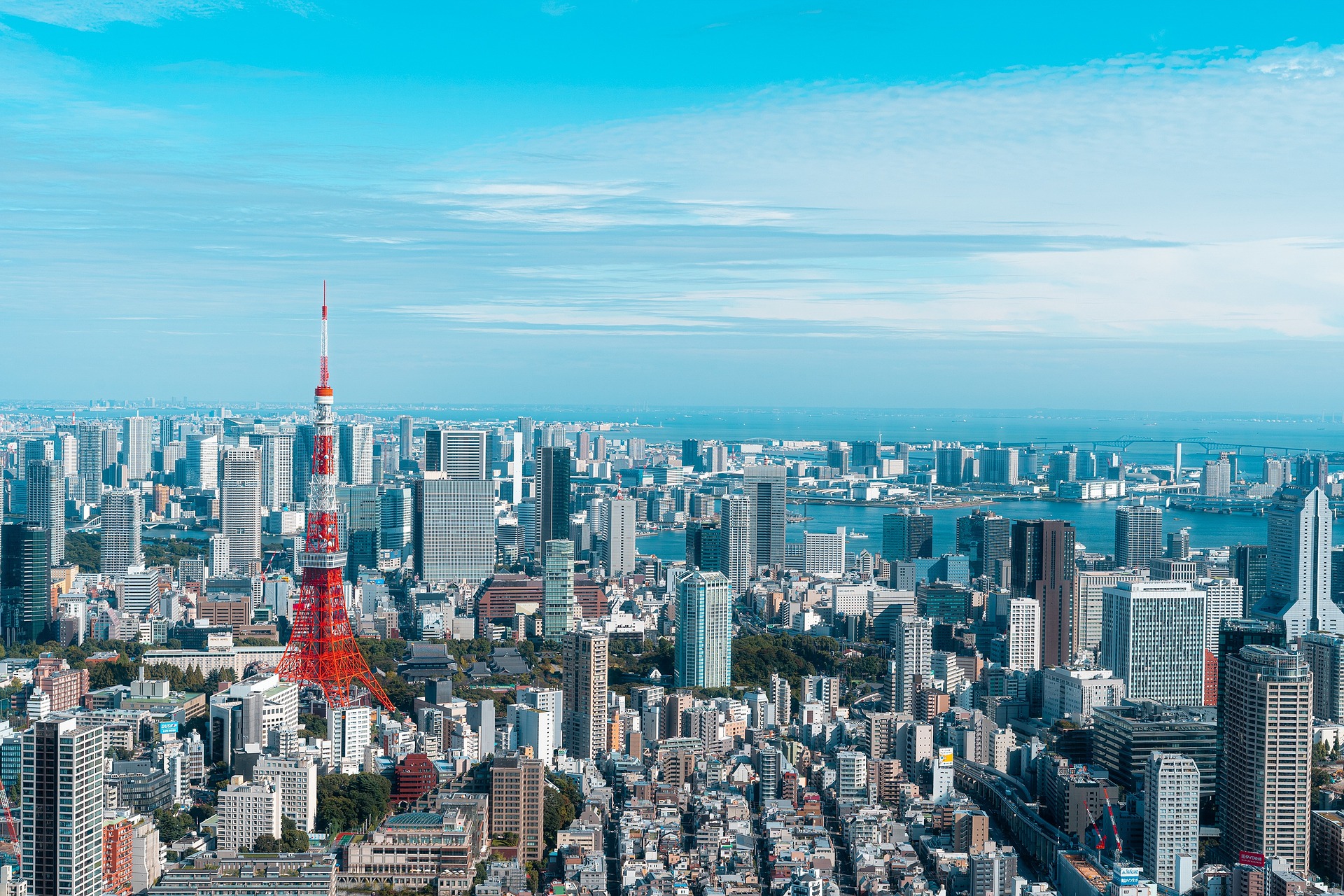
Day Trip Itinerary from Tokyo
While Kusatsu is best enjoyed overnight, a day trip is possible for early risers. Here’s a sample plan:
- 6:30 AM: Depart Ueno Station by Limited Express Kusatsu
- 9:10 AM: Arrive at Kusatsu Onsen Bus Terminal
- 9:30 AM – 3:00 PM: Enjoy Yubatake, public baths, lunch, and shopping
- 3:30 PM: Depart by bus/train combo
- 6:30 PM: Return to Tokyo
Apps like NAVITIME or Japan Travel (by NAVITIME) are useful for schedule planning.
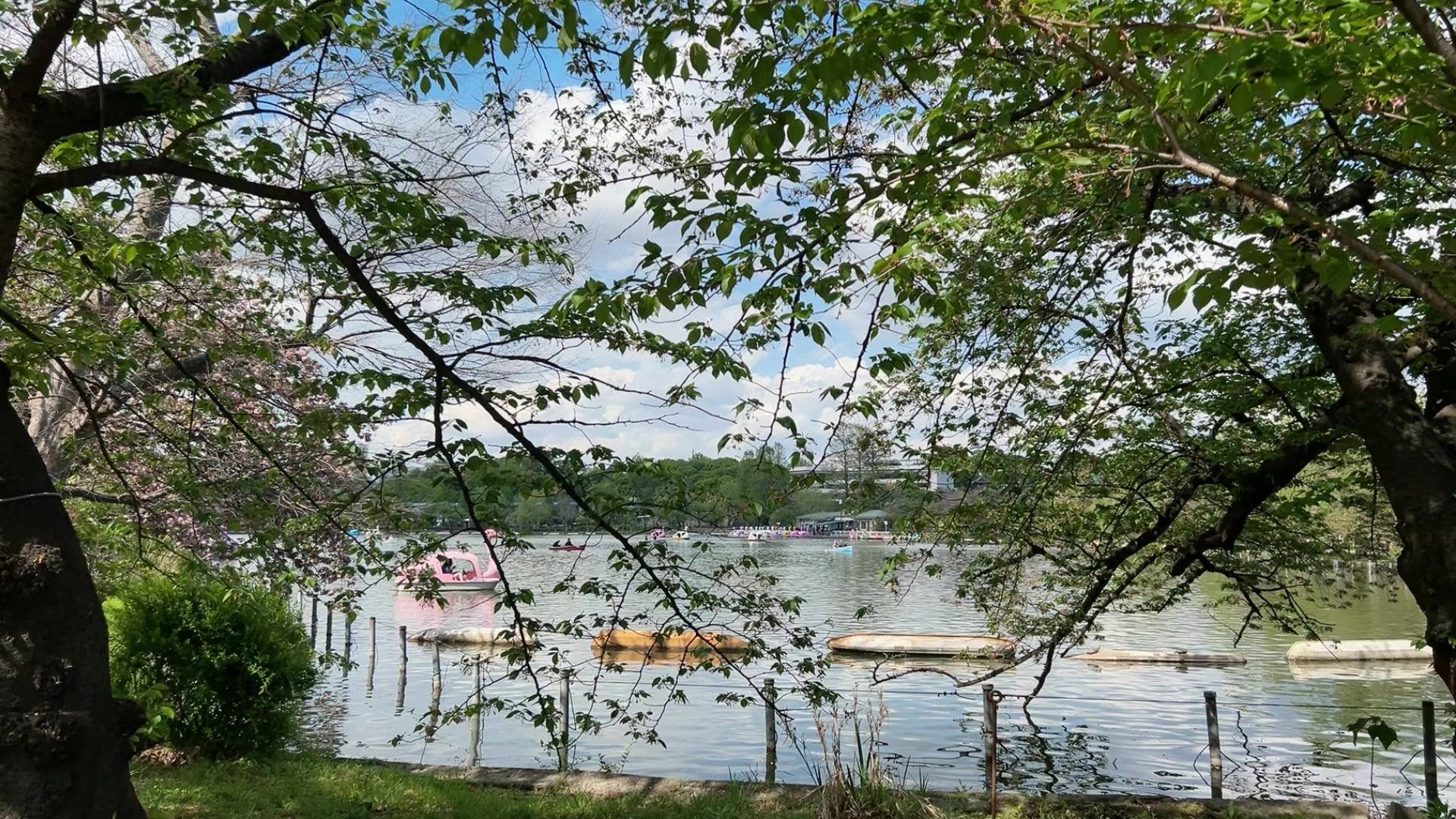
Day Trip vs Overnight Stay: What’s Best?
Day Trip Pros:
- Lower cost
- No need for lodging bookings
- Great for quick escapes or tight itineraries
Day Trip Cons:
- Limited time for full onsen experience
- Miss out on nighttime events like Yubatake light-up
Overnight Stay Pros:
- Enjoy ryokan hospitality, kaiseki dinner, and morning baths
- More relaxed pace for exploring town
- Easier access to seasonal events and ski resorts
Recommended Ryokan:
- Nishimura Ryokan (traditional and affordable)
- Naraya Ryokan (famous for its proximity to Yubatake)
- Hotel Ichii (modern comfort with historical ties)
Best Ryokan and Public Baths in Kusatsu
Kusatsu is home to a variety of ryokan and public bathhouses that cater to different budgets and preferences. Whether you’re looking for a luxury experience or a local gem, here are top options:
Ryokan Highlights:
- Kusatsu Now Resort Hotel: Modern resort with onsen and Western-style amenities
- Hotel Sakurai: Offers large-scale onsen and the famous Yumomi performance
- Yubatake Souan: Boutique inn steps away from the Yubatake with chic decor
Public Baths:
- Sainokawara Rotenburo: Outdoor bath in a natural park setting
- Gozanoyu: Elegant wooden bathhouse right beside the Yubatake
- Otakinoyu: Offers both wooden tubs and waterfall-style baths (tattoo-friendly private rentals available)
Tattoo-Friendly Onsens in Kusatsu
While Japan traditionally frowns upon tattoos in public baths, Kusatsu has started to become more inclusive. Here are options for tattooed travelers:
- Otakinoyu: Allows tattoos in private rental baths
- Nisshinkan Hotel: Permits tattooed guests in private onsen
- Naraya Ryokan: Offers in-room private baths (confirm in advance)
Private onsen rentals are your best bet if you have visible tattoos. This avoids discomfort and ensures a respectful experience for all guests.
What to Do in Kusatsu Beyond Bathing
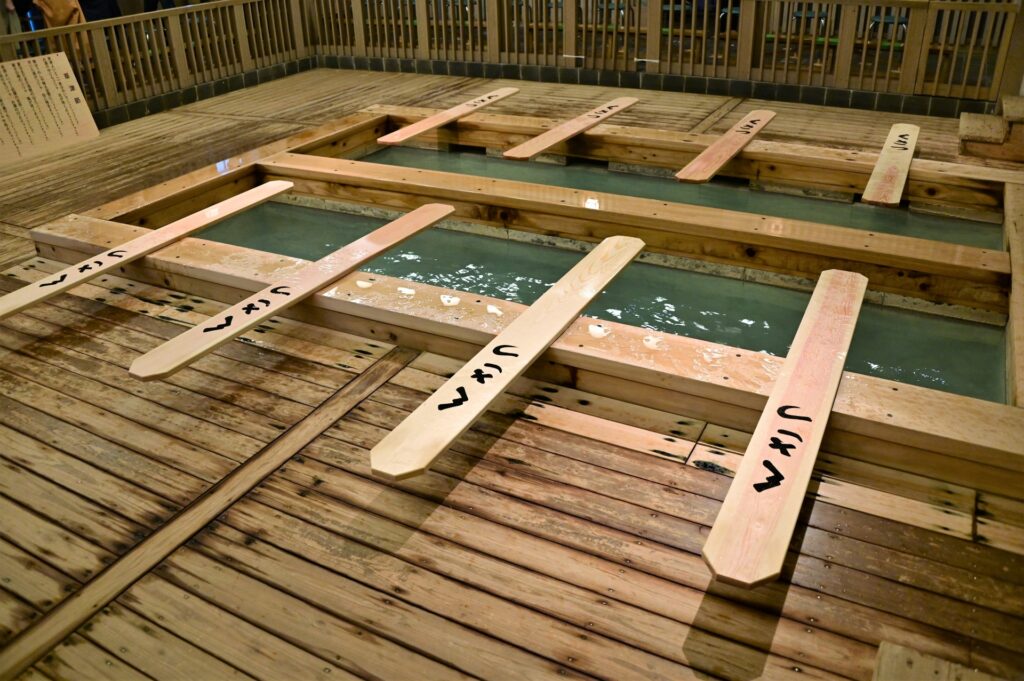
While the hot springs are the main draw, Kusatsu offers a range of activities:
- Yumomi Performance at Netsunoyu: Traditional water-stirring ceremony with local women singing folk songs
- Sainokawara Park: Tranquil park with steam vents and a scenic walking path
- Kusatsu Tropical Wonderland: Small zoo with capybaras, reptiles, and tropical birds
- Skiing and Snowboarding: Kusatsu Kokusai Ski Resort is great for winter sports
- Sai-no-Kawara Street: Souvenir shopping and snacking among retro storefronts
Seasonal Events and Best Times to Visit
Kusatsu’s charm changes with each season:
- Winter (Dec-Mar): Snow-covered Yubatake and ski season; best time for snow-viewing baths
- Spring (Apr-May): Cherry blossoms around town and in nearby parks
- Summer (Jun-Aug): Cooler temperatures, great for hiking
- Autumn (Sep-Nov): Brilliant foliage and serene bathhouse views
- Notable Events:
- Yubatake Illumination (Winter): Stunning nighttime displays
- Onsen Festival (Aug): Traditional dances and processions
Street Food and Local Delicacies in Kusatsu Onsen
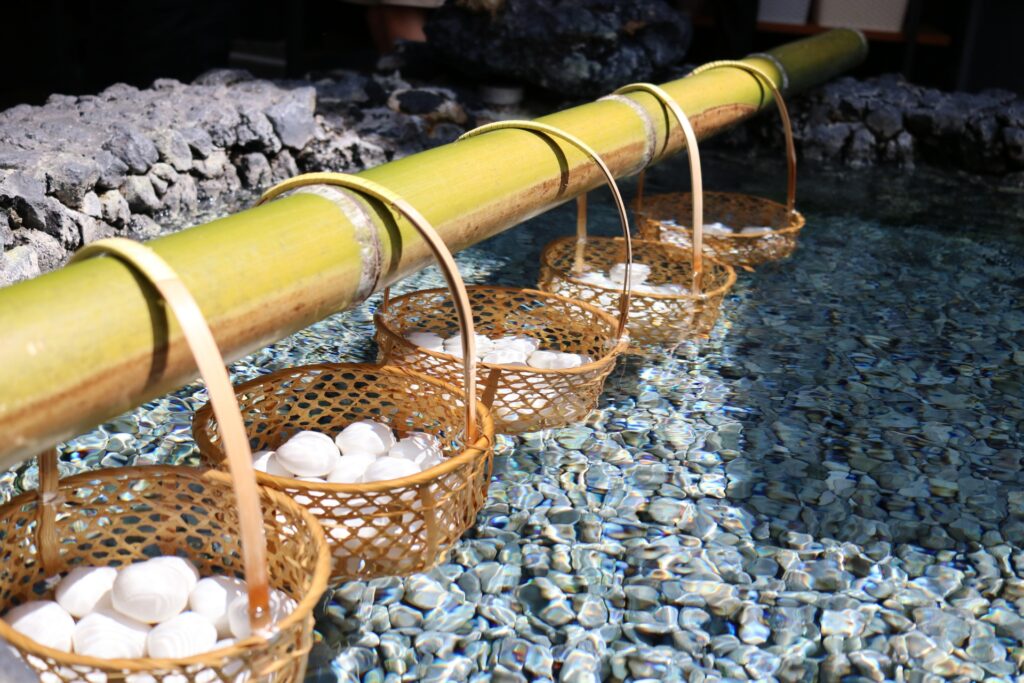
Kusatsu isn’t just about hot water—the local food scene is equally warming:
| Food Item | Description | Where to Find It |
| Onsen Manju | Steamed bun filled with red bean paste | Shops along Yubatake and Sai-no-Kawara St |
| Onsen Tamago | Soft-boiled eggs cooked in hot spring water | Many ryokan and public bath snack shops |
| Miso Dengaku | Grilled tofu with sweet miso glaze | Sai-no-Kawara food stalls |
| Yuba Dishes | Tofu skin-based meals, rich in umami | Local vegetarian eateries |
| Soft Cream | Milk or matcha ice cream | Yubatake street vendors |
Onsen Etiquette for First-Time Visitors
Japanese bathing culture comes with specific etiquette. Here’s what first-timers should know:
- Wash Thoroughly Before Entering: Use the showers to clean yourself
- No Towels in the Bath: Leave your towel on the side; don’t dip it in
- Stay Quiet: Onsen is a place for relaxation
- No Swimming or Splashing: Keep movements gentle and calm
- Respect Others’ Space: Avoid staring or loud conversations
Family Tips: Visiting Kusatsu with Kids
Kusatsu is surprisingly family-friendly:
- Accommodations: Many ryokan offer family-sized rooms with futons
- Kid-Friendly Attractions: Tropical Wonderland, Sainokawara Park, and shallow footbaths
- Bath Tips: Choose ryokan or onsens with private baths for shy kids
- Dining: Casual soba shops and sweet stalls are easy picks for families
Comparing Kusatsu with Hakone and Beppu
| Feature | Kusatsu | Hakone | Beppu |
| Water Type | Acidic, sulfur-rich | Varied (sulfur, iron, etc.) | Wide variety (8 hot spring types) |
| From Tokyo | ~3 hrs | ~1.5 hrs | ~5 hrs (via flight/train) |
| Atmosphere | Traditional, quiet | Tourist-heavy, scenic | Lively, resort-style |
| Crowd Level | Moderate | High | Moderate to High |
| Best For | Healing, authenticity | Variety, convenience | Variety, volume |
FAQs About Kusatsu Onsen
- Are tattoos allowed? Some facilities allow tattoos in private onsen; public baths often restrict them.
- Can you visit Kusatsu in one day? Yes, with early departure from Tokyo, though overnight is recommended.
- What are the top ryokan? Naraya, Hotel Sakurai, and Yubatake Souan are favorites.
- Is Kusatsu better than Hakone? Kusatsu offers a more authentic, less commercial experience; Hakone is more accessible and tourist-oriented.
Final Thoughts: Why Kusatsu Onsen Should Be on Your Japan Itinerary
Kusatsu Onsen stands out among Japan’s many hot spring destinations for several compelling reasons. The mineral-rich waters of Yubatake offer not only a visually striking experience but are also believed to hold remarkable healing properties. Its location in Gunma Prefecture ensures relatively easy access from Tokyo by train or bus, making it a practical getaway for both short visits and extended stays.
Visitors to Kusatsu will also appreciate the preserved traditions and etiquette of onsen culture, which deepen the cultural value of every soak. The town delights with its street food, charming shopping streets, and varied seasonal beauty—especially magical in winter when snow blankets the landscape.
Whether you’re a solo traveler seeking peace, a couple looking for romance, or a family in search of wholesome adventures, Kusatsu delivers a timeless and enriching experience.
Book your trip to Kusatsu and soak in one of Japan’s most iconic hot spring towns.

